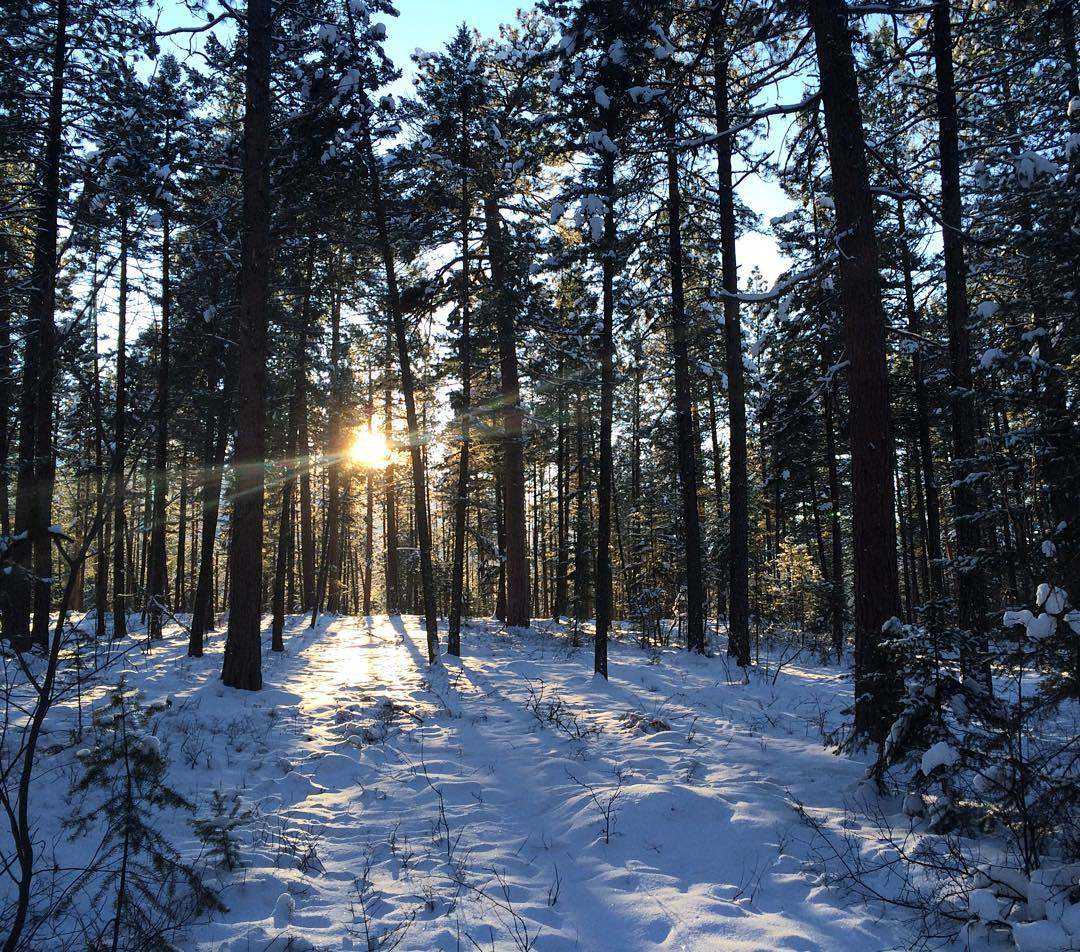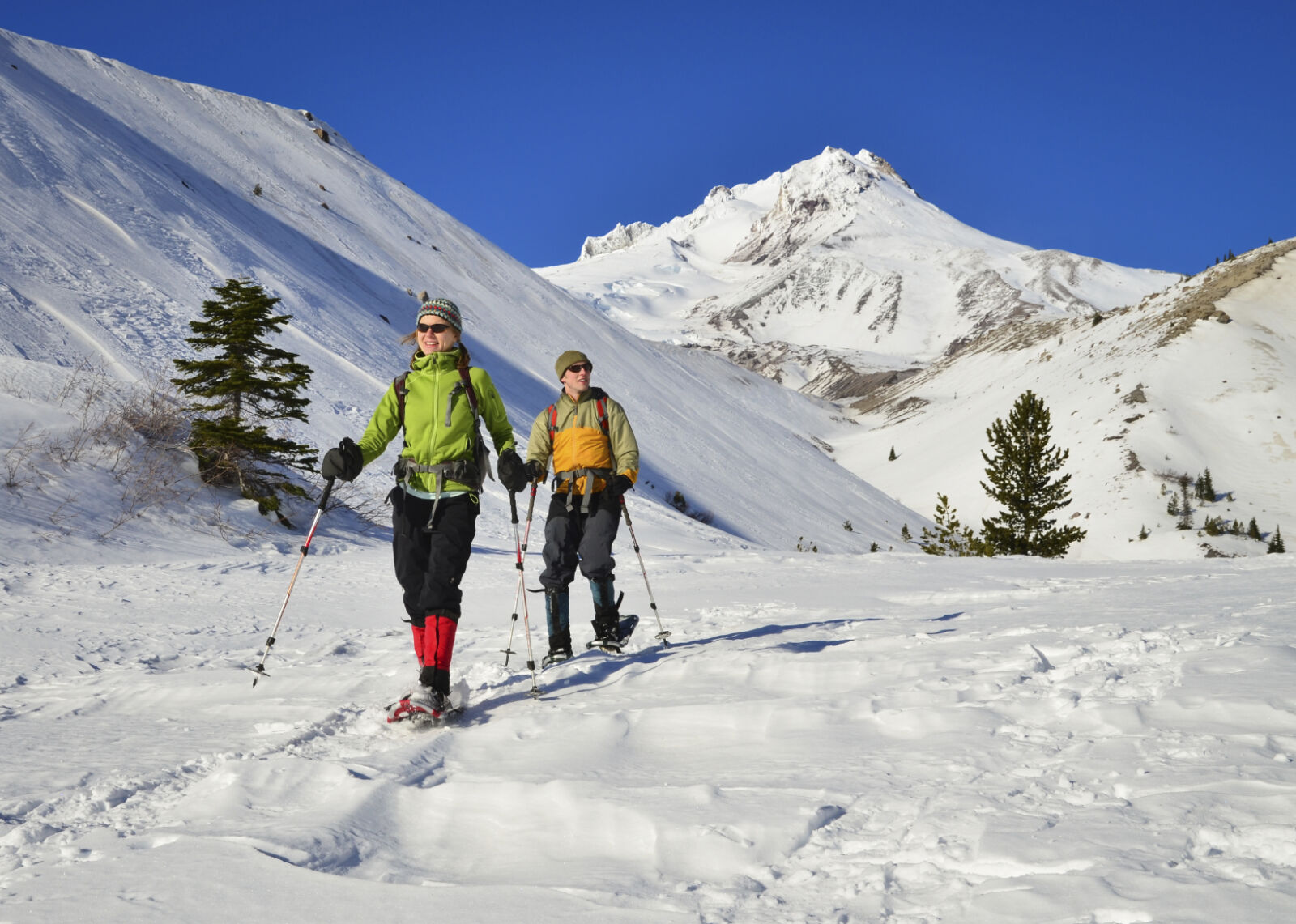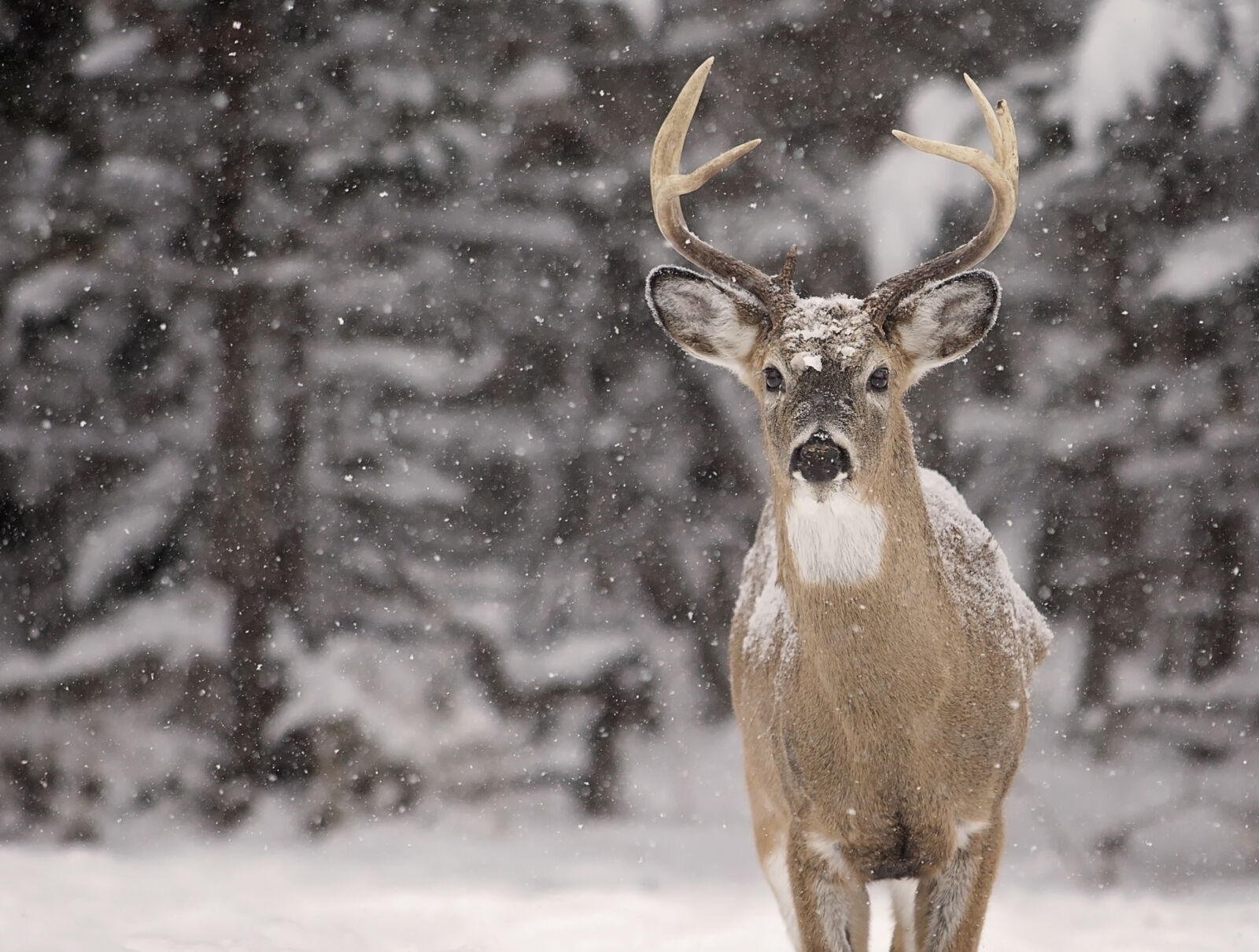Cold Saps Energy
Cold weather quickly drains camera batteries. Be sure to carry spare batteries and, better yet, keep extra batteries stored warmly in your pockets. If you have a small digital camera, carry it in an interior pocket.
Warm Up Slowly
As anyone who wears glasses can tell you, entering a warm room after being outside in the cold causes condensation on lenses. Prevent internal moisture in your camera by placing it in a sealable plastic bag before you come indoors and let the camera warm to room temperature before opening the bag.

Come Early, Stay Late
Good lighting is the key to great pictures. The best time of day to shoot outdoors in the snow is either early morning or late afternoon, when the low sun will add dramatic shadows and contrast to your shots. Keep the sun at a right angle to your subject early or late in the day and behind you when the sun is high in the sky.
Correct Exposure
If you’re photographing a scene that’s primarily white, set your camera to overexpose to make features brighter. Otherwise, the camera’s built-in meter will set the scene at a lower reflectance, which results in underexposure, making the snow look dirty. Another trick is to use your flash to brighten the shot.

Add Contrast
While capturing a pristine blanket of snow sounds appealing, it could lead to a boring photo. Look for objects that add color and contrast to the shot. A red barn, colored rocks, or a deep blue sky can all add compelling contrast and interest to a photo.
Respect the Residents
One of the draws of National Forests is wildlife. If you’re photographing animals in the winter, be sure to stay far enough away from them not to alter their behavior. Food is scarce in the winter and they shouldn’t have to expend scarce energy running away from you! Your best options for quality wildlife images come when you back away and take a shot using a zoom lens.

Seize the Day
Winter scenes are dynamic—take the shot when you see it! The light frost dusting a barren tree may look good in the morning but will be gone by afternoon. The best photos come because you are ready for opportunities that may arise at any point in your outside experiences.
What winter photography tips did we miss? Let us know in the comments.

